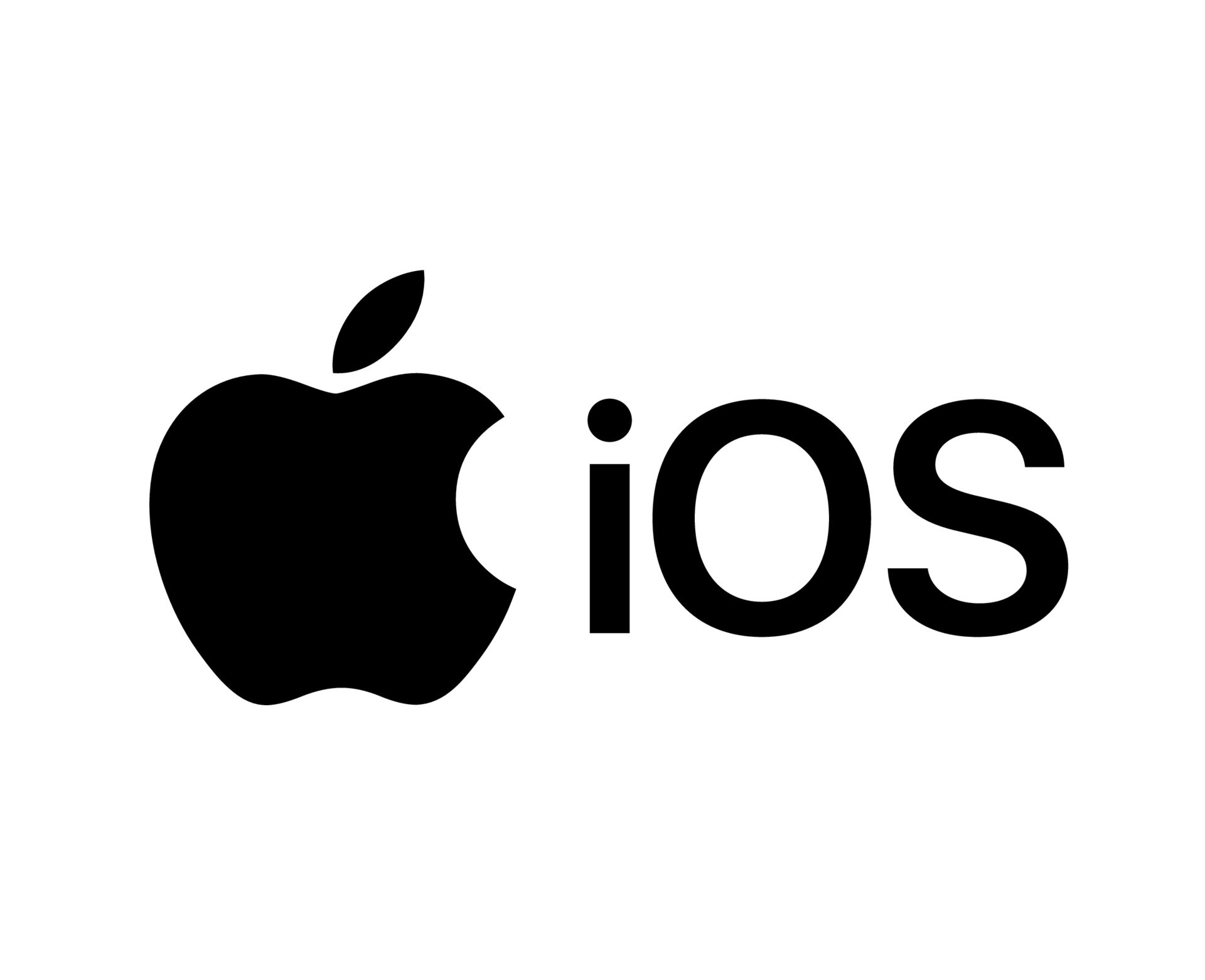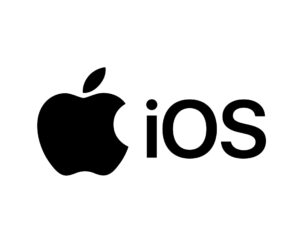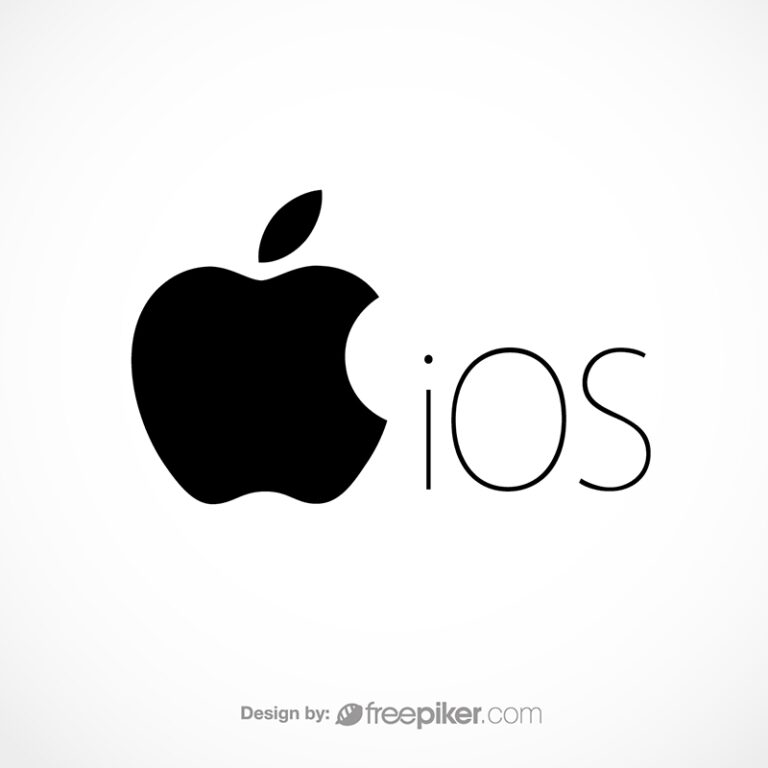
[ad_1]
In today’s fast-paced digital world, mobile applications are essential for startups to gain a competitive edge. For those venturing into iOS development, understanding the ins and outs of this platform can make or break your app’s success. Here at Garage2Global, we believe that a solid foundation in iOS development can lead to innovative and engaging applications. Below, we present the top 10 must-know iOS development tips for startups.
Table of Contents
-
- Understand Your Target Audience
-
- Importance of User Research
-
- Building User Personas
-
- Understand Your Target Audience
-
- Plan and Prioritize Your Features
-
- Minimum Viable Product (MVP) Concept
-
- Feature Prioritization Techniques
-
- Plan and Prioritize Your Features
-
- Choose the Right Development Tools
-
- Native vs Cross-Platform
-
- Recommended Development Environments
-
- Choose the Right Development Tools
-
- Leverage Open Source Libraries
-
- Advantages of Open Source
-
- Top Open Source Libraries for iOS
-
- Leverage Open Source Libraries
-
- Focus on User Experience (UX) Design
-
- Importance of UX in iOS Apps
-
- Tools for UX Prototyping
-
- Focus on User Experience (UX) Design
-
- Implement Agile Development Methodologies
-
- Overview of Agile
-
- Benefits of Agile for Startups
-
- Implement Agile Development Methodologies
-
- Test Rigorously
-
- Types of Testing for iOS Apps
-
- Best Testing Tools
-
- Test Rigorously
-
- Prepare for App Store Submission
-
- Guidelines for Submission
-
- Common Rejection Reasons
-
- Prepare for App Store Submission
-
- Plan for Future Updates
-
- Importance of Continuous Improvement
-
- Setting Up a Feedback Loop
-
- Plan for Future Updates
-
- Network and Collaborate
-
- Importance of Networking
-
- Joining iOS Development Communities
-
- Network and Collaborate
1. Understand Your Target Audience
Importance of User Research
Before writing a single line of code, it’s crucial to understand who your users will be. Conducting thorough user research helps you gather insights that will inform your app’s design, features, and functionality. Utilizing surveys, interviews, and usability tests can yield invaluable information about what your potential users need and expect.
Building User Personas
Creating user personas based on your research can help you better visualize your target audience. These personas should include demographics, goals, challenges, and technology usage habits. This information is instrumental in guiding development and design decisions, ensuring that you build a product that genuinely resonates with users.
2. Plan and Prioritize Your Features
Minimum Viable Product (MVP) Concept
A common pitfall for startups is the urge to build a feature-rich product right out of the gate. Instead, adopt the Minimum Viable Product (MVP) approach, which focuses on developing the core functionalities necessary to meet user needs. This strategy allows you to enter the market faster and gather user feedback for subsequent iterations.
Feature Prioritization Techniques
To effectively prioritize features, consider techniques like the MoSCoW method (Must have, Should have, Could have, Won’t have). This will help you distinguish between essential features versus nice-to-have ones, enabling you to allocate resources efficiently.
3. Choose the Right Development Tools
Native vs Cross-Platform
When developing an iOS app, one of the first decisions you’ll face is whether to go native or choose a cross-platform solution. Native development utilizes Swift or Objective-C, offering optimal performance and better integration with iOS features. On the other hand, cross-platform tools like React Native allow you to build for both iOS and Android with a single codebase, often at a lower cost. Assess your project requirements, budget, and timeline when making this decision.
Recommended Development Environments
Xcode is the go-to integrated development environment (IDE) for iOS development. It offers powerful tools for interface design, coding, testing, and debugging. Familiarize yourself with Xcode’s capabilities, including Interface Builder and SwiftUI, to streamline development processes.
4. Leverage Open Source Libraries
Advantages of Open Source
Incorporating open-source libraries can drastically reduce development time and cost. These libraries offer pre-built functions and components, promoting efficiency and reliability. Furthermore, they often come with robust community support, which can be crucial for troubleshooting and optimizations.
Top Open Source Libraries for iOS
Some notable libraries to consider include:
-
- Alamofire for networking.
-
- SnapKit for Auto Layout.
-
- SwiftyJSON for JSON parsing.
-
- Kingfisher for downloading and caching images.
Leveraging these tools can help you focus on core functionalities, speeding up the development process.
5. Focus on User Experience (UX) Design
Importance of UX in iOS Apps
User experience plays a crucial role in the success of an app. A well-designed user interface can significantly impact user satisfaction and retention. Keep your design clean, intuitive, and aligned with Apple’s Human Interface Guidelines to ensure a seamless user experience.
Tools for UX Prototyping
Tools like Figma and Sketch are excellent for prototyping and user interface (UI) design. They allow for quick mock-ups, which you can test with real users before diving into development. Gathering early feedback can save valuable time and resources down the line.
6. Implement Agile Development Methodologies
Overview of Agile
Agile is a software development methodology that emphasizes flexibility, collaboration, and customer feedback. By adopting Agile, you can continuously iterate on your product, ensuring it evolves based on user needs and market trends.
Benefits of Agile for Startups
For startups, especially those in the tech sector, the ability to adapt quickly and pivot as necessary is paramount. Agile methodologies promote a culture of collaboration, allowing team members to contribute their unique insights and adapt the direction of the project when needed.
7. Test Rigorously
Types of Testing for iOS Apps
Robust testing is vital for ensuring a seamless user experience. Consider implementing:
-
- Unit Testing: Verifying individual components.
-
- Integration Testing: Checking how different modules work together.
-
- User Acceptance Testing (UAT): Involving real users to test functionalities.
-
- Performance Testing: Ensuring the app performs well under various conditions.
Best Testing Tools
Opt for tools that simplify the testing process. XCTest is built into Xcode, making it a great choice for unit testing, while frameworks like Appium may serve well for automated testing across different environments.
8. Prepare for App Store Submission
Guidelines for Submission
Submitting your app to the App Store requires adherence to Apple’s guidelines. Familiarize yourself with the App Store Review Guidelines to avoid common pitfalls. Ensure that your app’s description is clear and that you provide all required screenshots and metadata.
Common Rejection Reasons
Be proactive in avoiding common rejection reasons:
-
- Performance Issues: Apps must run smoothly without crashing.
-
- Poor User Interface: A well-designed UI is crucial.
-
- App Store Guidelines Violations: Adhere to all rules.
Preparation is key to a successful submission.
9. Plan for Future Updates
Importance of Continuous Improvement
Once your app is live, the work isn’t over. Planning for future updates is critical for maintaining user engagement. Analyze user feedback, monitor app performance, and adapt to changing market needs.
Setting Up a Feedback Loop
Engage with users through surveys, reviews, and in-app feedback options. Implementing a system for gathering feedback and acting on it can lead to higher user satisfaction and increased retention rates.
10. Network and Collaborate
Importance of Networking
Connecting with fellow developers and industry professionals can provide invaluable insights and opportunities. Attend conferences, workshops, and networking events to expand your knowledge and meet potential collaborators or mentors.
Joining iOS Development Communities
Participating in communities like Stack Overflow, GitHub, and iOS Developer Slack groups can keep you updated on the latest trends and technologies in iOS development. Engaging with these communities offers access to a wealth of knowledge and support that can aid your development journey.
Conclusion
Starting your iOS development journey can be daunting, but with the right knowledge and strategies, your startup can develop engaging, user-friendly applications. By following these Garage2Global’s top 10 must-know iOS development tips for startups, you’ll be well on your way to building a successful product that resonates with users and stands out in a competitive market.
FAQs
What is an MVP in iOS development?
An MVP, or Minimum Viable Product, is a development approach aimed at creating the simplest version of an app that can be released to market. It contains enough features to satisfy early adopters and gather feedback for future iterations.
What are some best programming languages for iOS development?
The primary programming languages used for iOS development are Swift and Objective-C. Swift is recommended for new projects due to its modern syntax and safety features, while Objective-C may still be used for legacy projects.
How can I reduce development costs for my iOS app?
Opting for open-source libraries, choosing cross-platform development tools, and focusing on an MVP can significantly reduce development costs and streamline the development process.
What are the common mistakes to avoid in iOS development?
Common mistakes include neglecting user research, building too many features at once, not testing adequately, and failing to adhere to App Store guidelines.
How important is user feedback after launching an app?
User feedback is crucial for the continuous improvement of your app. It provides insights into how users interact with your application and what improvements are needed, helping you retain users and improve overall satisfaction.
By following these guidelines and understanding the intricacies of iOS development, startups can ensure their apps not only reach the required technical standards but also provide real value to users. Embrace these practices, and let your iOS app journey begin!
[ad_2]







